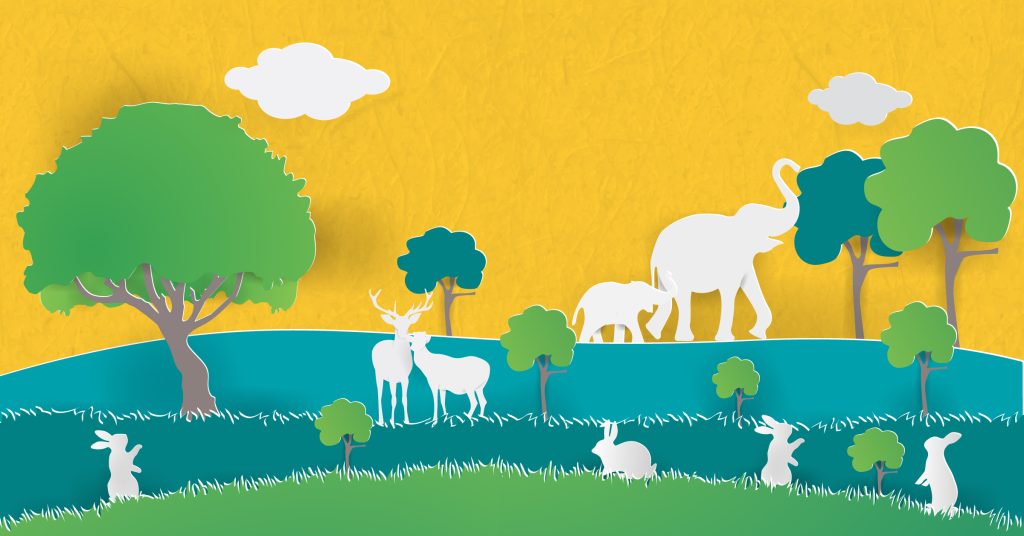RABBIT, DEER OR ELEPHANT ?

Are you hunting rabbits, deers or elephants? Or, do you hunt whatever comes your way? What’s your growth strategy?
Rabbit hunting in sales is being busy with transactional deals. They are a bit frisky, require high energy, may be available in large numbers and have very little meat to feed you. Rabbit hunting requires coverage and good qualifying criteria because a lot of time it’s about being in the right place at the right time that could help you win the deal. These deals give you volume and velocity in the funnel but are usually small deal sizes, because if not managed well can lead to high cost of sales. From a sales person perspective sales people are usually happy rabbit hunting because its less effort in terms of building relationship and differentiation and hence easier to sell compared to the others. The service expectations of these customers is fairly basic too and maybe its because of the transactional nature that the net effect may be higher customer turn over.
Deer Hunting is really going after mid –size deals. They are less in numbers than rabbits but still enough and do feed you for a while. Deer hunting requires strategy and one can be most effective if you hunt as a pursuit team. It’s critical to develop a differentiation to lure the deer and to catch them smartly as they are good at camouflaging. Deer hunting requires you to be agile and proactive if you need to get the kill. A lot of times sales organisations focus on rabbit and deer hunting combinations, Rabbit hunting for velocity and Deer hunting for Value.
Elephant hunting is really a different ball game. These are large deals that are complex with long sales cycles. You get one in and it may be enough to last you for a long time. Elephant hunting cannot be done alone by a sales person and it requires the organisation to have internal alignment. Elephant hunting requires a different level of maturity in the sales person as this is not just being able to make the kill but also having a system to preserve it to feed of it for a long period of time. Remember if you want to eat an elephant you can still only eat a mouthful at a time. Elephant hunting requires the sales organisation to have a separate focused group working on acquiring and servicing these deals. The advantage of elephant hunting is that once you get the deal the customer will stay with you for a long time hence low customer churn and this is also because the cost of change for them is really high.
Once you identify your market segment and go to market strategy one should invest time in also identifying clear criteria for rabbit, deer and elephant hunting. Each of these segments require different internal alignment and different maturity of the sales person. A rabbit hunter may not succeed in elephant hunting and vice versa as the competencies required are really different. Target setting and lead indicator KPIs also need to be different for different segments. Maturity of your product on the product life cycle could also be a trigger to building this strategy. In the late market rabbit hunting can be really expensive and some organisations then delegate this to a channel / reseller model.
Develop your hunting skills basis identifying your segment and then align the internal organisation to help you win.
“Nothing can add more power to your life than concentrating all your energies on a limited set of targets” – Nido Qubein
